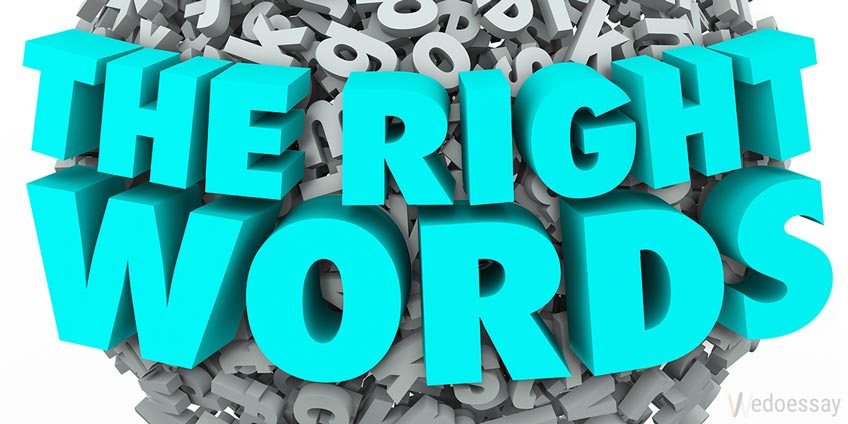
Do we really live in a post-truth era? Do the information on a paper and in the Internet differ that much? How to tell whether you are reading the real fact or just someone’s fiction? Find the answers for all of these questions at our website.
Let us face the truth as it is – it has always been extremely hard to differ the truth from falsehoods. The real goal for media work is to be professionally accurate in transferring the news to all people and providing them only with the genuine content not biased by any outer sources.
What Is Media?
This term can be easily mistaken as in the age of digital technologies media is not just a mean of communication but a source of all unsorted information that appears to be presented to people. Nowadays, the term is more incorrect than it was before. If previously we were imagining printed newspapers, magazines, radio, later on television news with usually two correspondents telling about what is happening in the world, now it is totally different. Each person may open a browser at home and click on it to find a long list of the same scoop enlightened in thousands of digital sources of information or watch a video on YouTube.
On one hand, it became much easier to find out what is going on at the opposite side of the world, on other hand, it became nearly impossible to filter all of them and to understand whether the scoop informed is real or not.
Such social platforms as Twitter, Facebook and others have become main thoroughfares for getting the latest news not so long ago but they steadily keep their positions. Moreover, it is a one-to-one communication where you can comment on a certain piece and react on it.
How to Decide Whom to Trust Nowadays?

We live in the age of information consumption. One single person can get to know more information in a day than people could not find out in a week. Before it was much more complicated: a news piece should have been printed out, then sold to a person and if he or she could read – they would find out an outdated information. Why outdated? Because the whole cycle from writing information to handing it up to a person was too long and the information was changing faster than people could reach it.
Now it is not a problem. The problem is whom we can trust in terms of a proper content. The recent analysis of the level of trust among US citizens has shown that we are inclined to trust visual news more than a simple text. Half of them get all kinds of news at social platforms, however, they also have a high level of skepticism.
What about television? People also don’t have much trust in it, especially the younger generation, but it still receives much more trust from their side than any other kind of media communication. Digital newspapers are also popular nowadays. If to add a loud name to it, the number of readers will grow in geometrical progression.
How to Distinguish True Facts from Misleading Information?

Nobody wants to be fooled, neither we want you to feel like that. That is why you should clearly realize the per cent of false content on the web and evaluate its probability in the current piece. Also, do not exaggerate if you don’t want to become a news geek never trusting anyone and anything. The real facts still exist; however, they need to be noticed and found.
- When looking at the given information, think whether it was reasonable or somehow profitable for others to apply falsification and mislead the readers. If it looks like the truth is at someone else’s side, you will not get a drop of real fact from this content. Also, define what type of a paper it is: is it a news story or reaction to it? Are the details given accurately or mixed with personal opinion?
- List of citations and their reliability. Pay attention to names of people who are being interviewed and their words. Sometimes such people don’t even exist in reality and were created just to cover a lie.
- Only trust the original page of the news teller. No “sharing” “like” or other manipulations should not make you think it is a high-quality content that can be trusted. Look at the page of the organization that has written this scoop online and how long it exists already. If it is a political organization, we may disappoint you but it is high per cent of being a way of inclining you to some side, so be careful while reading.
- Is it complete? Think of what is missing in the content and try to guess why it is absent there. Maybe, the information is incomplete because the rest of it was contradicting to what has been depicted already?
- Data and distance. When a local newspaper in the US is writing about newborn royal offspring somewhere in Asian country, you should think twice before letting the content affect you as there is a very small chance of American correspondent residing there but the truth may be an unreliable scoop stolen from the web page of other newspaper.
- Inner voice and clarity of the content. Can you understand what was written right away or do your need some time to realize what was written? The information shouldn’t be illogical. Can you imagine the news to happen in real life? Naturally, breaking news are hard to believe but at the same time it is good at being imagined for real.
- Use null hypothesis idea. The main concept of it is that no matter what news you have, it may have more than one or two explanations. That is why try to think about another way of explaining the same content.
Never let others fool you, proofread the information wisely with us and be sure in its correctness today.
